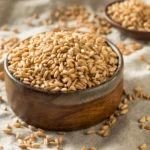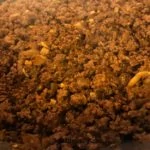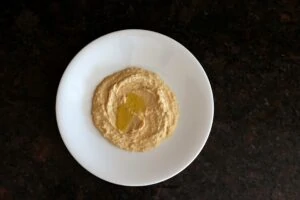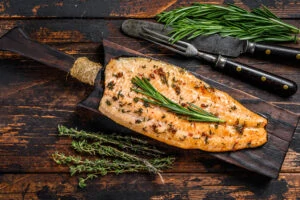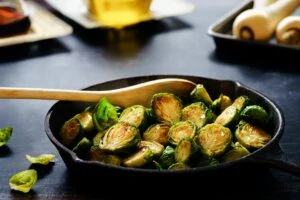How to quickly saute spinach for a fast, healthy vegetarian side dish that’s versatile and pairs well with any of your favorite entrees.
Are you looking for a portion of good, healthy-yet-tasty food? Is kale too bitter and you’re looking for an alternative? Spinach is the answer to all your troubles!
Cooking spinach is extremely simple: to cook spinach you need to wash it, remove the stem, heat a pan with a little bit of oil, sauté the spinach until its leaves are wilted, and you’re done! This will take 10 minutes tops!
Choosing the Best Spinach at the Store
When shopping for spinach, opt for greens that are dark green in color, with firm, perky leaves that stand up on their own. Wrinkly leaves are not necessarily a bad sign, though avoid spinach that’s wilted or yellowed. These are both signs of age.
Should you steam, boil, or sauté spinach?
There are several methods you can use to cook spinach – and, truth be told, you should try them all! When it comes to food, it’s all about personal preference. However, if you’re unsure where to start when it comes to cooking spinach, sauteing is a great place to start. When you saute spinach, you cook off some of the excess water in the leaves. This helps concentrate the naturally vibrant, herbal flavor of spinach for a side dish that really shines on its own.
However, steaming, boiling (and any other cooking technique) are all great ways to cook spinach and worth drying once you master the art of sauteed spinach using the recipe below.
What Kind of Spinach is Best for Sauteeing?
There are two main varieties of spinach you’ll find at a grocery store: baby spinach and full-grown (regular) spinach. Baby spinach is, as you may guess, smaller. It’s the same plant as the full-grown spinach but harvested earlier. The leaves are tender and soft and delicious in salads. Save the baby spinach for eating raw. While you can cook it, it cooks down to nearly nothing.
The best bet for sauteing spinach is to use full-grown spinach. This is often sold in small clusters with thick stems attached. Buy more spinach than you think you’ll need–and prepare to be amazed by how quickly your mound of spinach cooks down to a meager amount.
How to Saute Spinach
Once you’ve stocked up on plenty of full-grown spinach, it’s time to get into the kitchen to saute it.
Ingredients
While you can flavor sauteed spinach with any of your favorite seasonings and spices, for the simplest preparation, the only ingredients you need are:
- Spinach (a lot of it!)
- Olive oil
- Salt
- Pepper
Prepping the spinach
Step 1: Wash the spinach
Spinach can be very dirty when you bring it home from the grocery store. No one wants to bite into a dish of hot, cooked spinach to find grit or sand hiding in the leaves. So the first step in the recipe is to thoroughly wash the leaves.
The best way to wash lettuce, including spinach, is to fill a bowl with cold water and soak the leaves, keeping them fully submerged with a plate set on top. Let the spinach soak for several minutes. This lets any sand or dirt come off the leaves and fall to the bottom of the bowl. Then drain the water and refresh with more running water, gently washing the leaves with your hands. Do this several times until there is no dirt left in the bowl.
If you have a salad spinner, this is a great time to use it.
Step 2: Dry the spinach
Next, using either paper towels or a salad spinner, dry the spinach. If you’re going the paper towel route, place the towels on the table and foil the spinach inside. Gently tap to remove excess water. You don’t need to remove all of the water and dry out the spinach, so don’t overdo it. Remember, spinach, like all lettuce, is very delicate. It’s best to handle it gently and as little as possible.
Step 3: Remove the stem
Larger pieces of spinach will have a stem. Some people do not like to eat it – you can remove it if you want. A little cut along the stem will be more than enough to help you pull it off with your hands. If you want to try it, however, the stem can add more flavor to your sauteed spinach. It’s also a good source of nutrients.
Cooking the spinach
Step 1: Heat a large skillet
First, choose a big skillet for this job. Remember, you’re going to start with a lot of spinach.
Heat your pan over medium heat.
When the pan is hot, drizzle a little bit of olive oil and let it warm up as well.
Step 2: Add the spinach
When the oil is hot (not smoking), add your spinach. Don’t worry if you can’t fit all of your spinach in at once, just start with as much as your pan can hold. Use long-handled tongs to gently toss the spinach and watch it shrink down. The key is to keep things moving to cook things evenly and prevent burning.
Step 3: Keep adding spinach
The more you cook the spinach the more you’ll notice there’s room for more! When you saute spinach, it’ll quickly shrink. Keep adding spinach until you have enough.
The spinach will be done when its leaves begin to wilt. Season the cooked spinach with salt and pepper.
Step 4: Plate the spinach
Use your tongs to transfer the sauteed spinach to serving plates.
Step 5: Season and enjoy
To add an effortless garnish, sprinkle the spinach with shredded parmesan and a squeeze of lemon juice.
Can you overcook spinach?
You can overcook spinach. No matter what method you’re using to cook spinach, leaving it a little too long in the fire can make your spinach go from better to bitter.
The best way to avoid overcooking spinach is constantly stirring the leaves and letting newly introduced spinach go down to the bottom of the pan. Pay close attention to wilted leaves, because those are done.
Do you leave the stems on or should you remove them?
When it comes to spinach, it’s entirely up to you whether you eat the stems or not. They have no benefits or consequences, it’s a matter of taste. If you’re looking for tender spinach, taking out the stem might be the right idea.
What to Serve with Spinach
Sauteed spinach is an ideal all-around side dish. It’s made with a single ingredient that’s available all year round. Spinach is also packed with vitamins and minerals. It’s vegetarian, gluten-free and totally allergy-free. And best of all? This simple veggie dish pairs well with nearly any entree.
For a fast weeknight dinner with your sauteed spinach, add a side of lean roasted chicken breasts and quinoa.
How to Store Fresh and Cooked Spinach
What’s the best way to keep raw spinach fresh? Store it in an airtight plastic bag with a dry paper towel. If it’s stored properly, spinach will last for up to five days in the fridge. However, it’s freshes tasting and most nutrient-dense shortly after harvest, so it’s best to enjoy your spinach as soon as possible.
After you saute spinach, you can also store the dish for later. Let the cooked spinach cool fully, then transfer to an airtight container and store in the fridge for up to four days. You can even freeze cooked spinach if you like. To do so, cool the spinach and dry it well by letting it drain in a fine-mesh strainer and squeezing out as much liquid as possible. Then place the spinach in an airtight container and freeze for up to three months. Use cooked spinach to add nutrients and color to fruit smoothies, soups, sauces, and more.
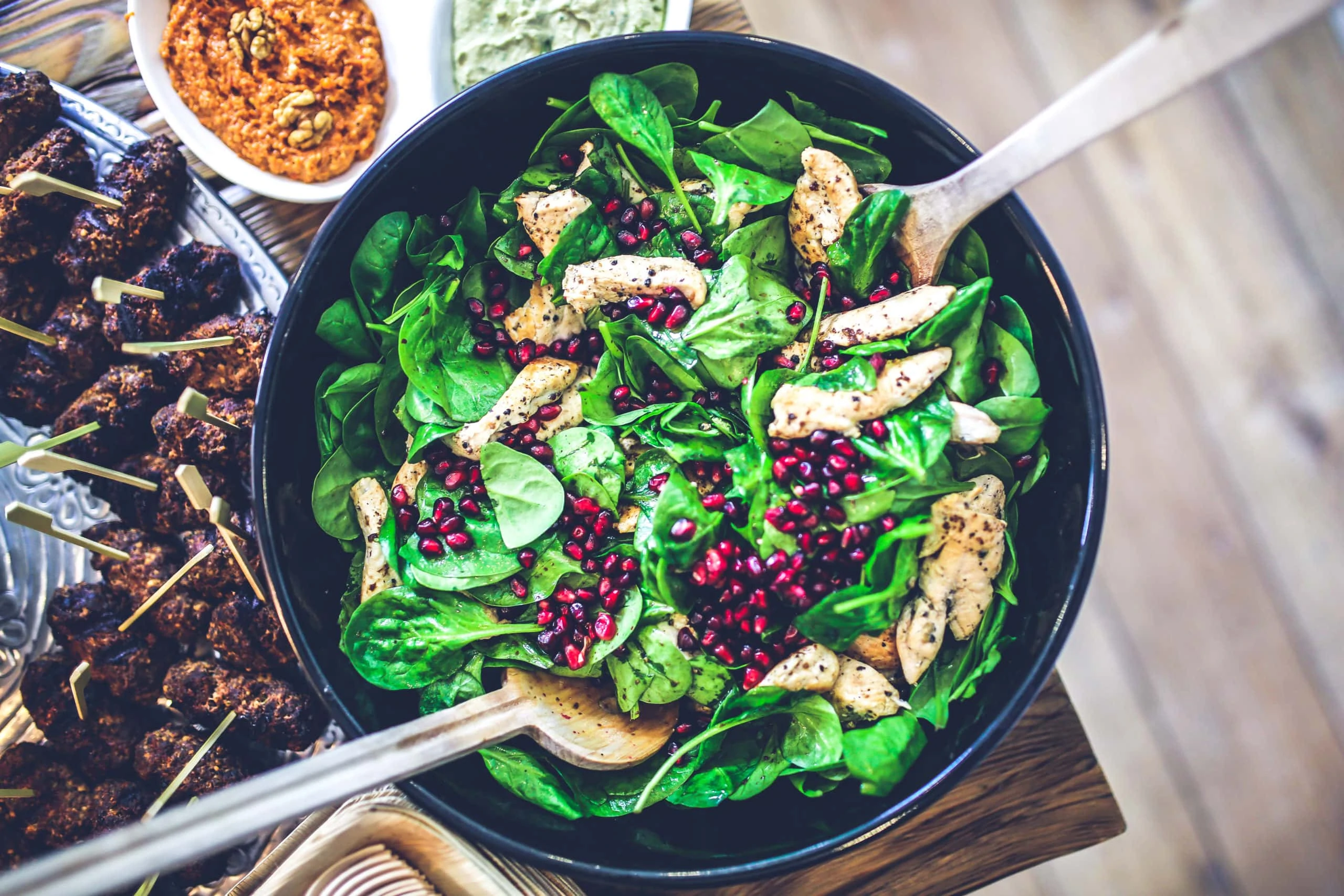
Sauteed Spinach
Equipment
- Large pot
- Long tongs
Ingredients
- 1 tbsp olive oil
- 4 bunches spinach washed well
- salt and pepper to taste
Instructions
- Heat the olive oil in a large skillet over medium heat.
- When the oil is hot, add the spinach and cook, tossing with tongs, until wilted and tender. Season to taste with salt and pepper.


